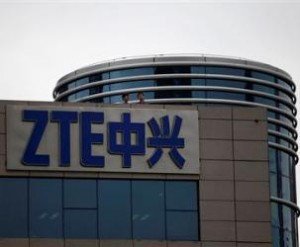Telecom Lead Asia: ZTE has released a commercial version of ZTE’s MSAN (multi-service access network) systems using system-level VDSL 2 (very-high-speed digital subscriber line) vectoring technology.
ZTE claims that this version features the industry’s strongest capability of cross-talk cancellation.
After unveiling the world’s first system-level vectoring prototype in 2010, ZTE succeeded in producing a well-rounded commercial system.
The launch of this version indicates the formal transformation of VDSL2 vectoring technology from lab testing into commercial use.
The system-level vectoring technology vectorizes all access lines from a remote access node. By automatically analyzing cross-talk between line pairs, it cancels the main interference, enabling all lines to deliver 100Mbps downstream bandwidth within a 500 meter range.
ZTE’s vectoring products have advantages including a very compact structure and low power consumption, using centralized processing architecture to support system-level vectoring, supporting all the application scenarios from small-capacity FTTB to large-capacity FTTC. The current commercial version supports up to 192 VDSL2 pairs, will support a maximum of 384 VDSL2 pairs.
“As an industry frontrunner that attaches great importance to innovation, ZTE is able to track technological advances and innovate in the fixed-line broadband access field by drawing on the strength of our 3,000-strong R&D team. The release of this system-level vectoring commercial version again testifies ZTE’s ability to innovate and rapidly bring new technologies to market , to help generate more commercial value for our customers,” said Zhu Yongxing, general manager of ZTE’s Fixed-Network Product Line.
According to Ovum, ZTE continued to rank first for DSL market share growth worldwide in 2012. In Q2 2012, ZTE ranked No.2 in global market with a 23.6 percent market share.






